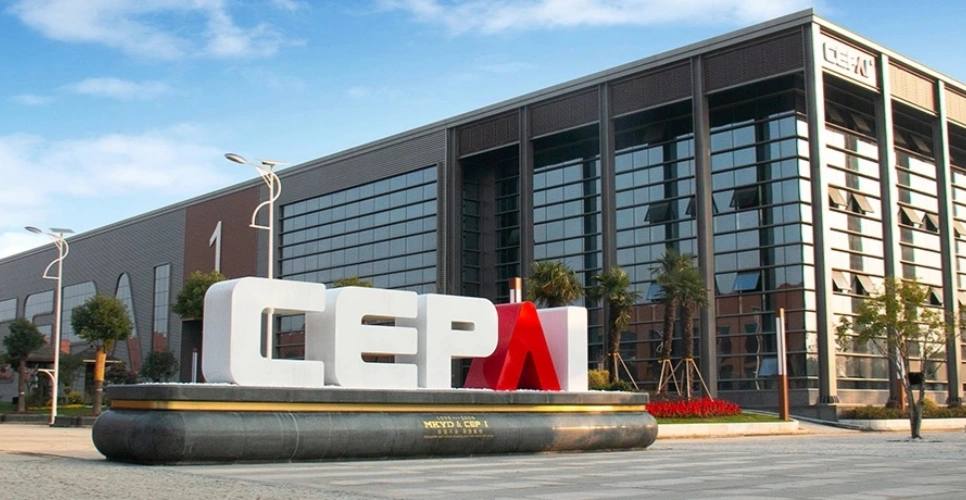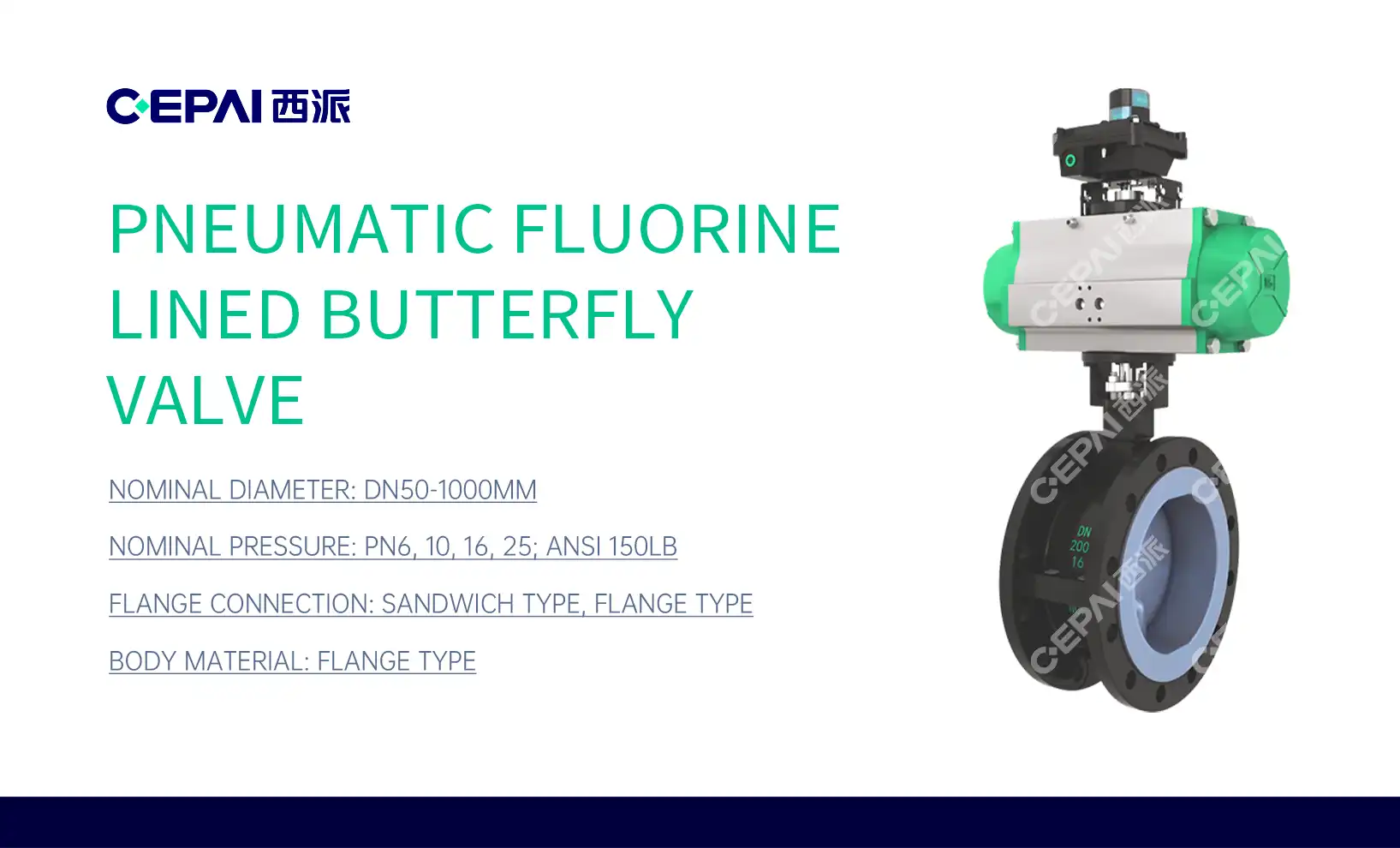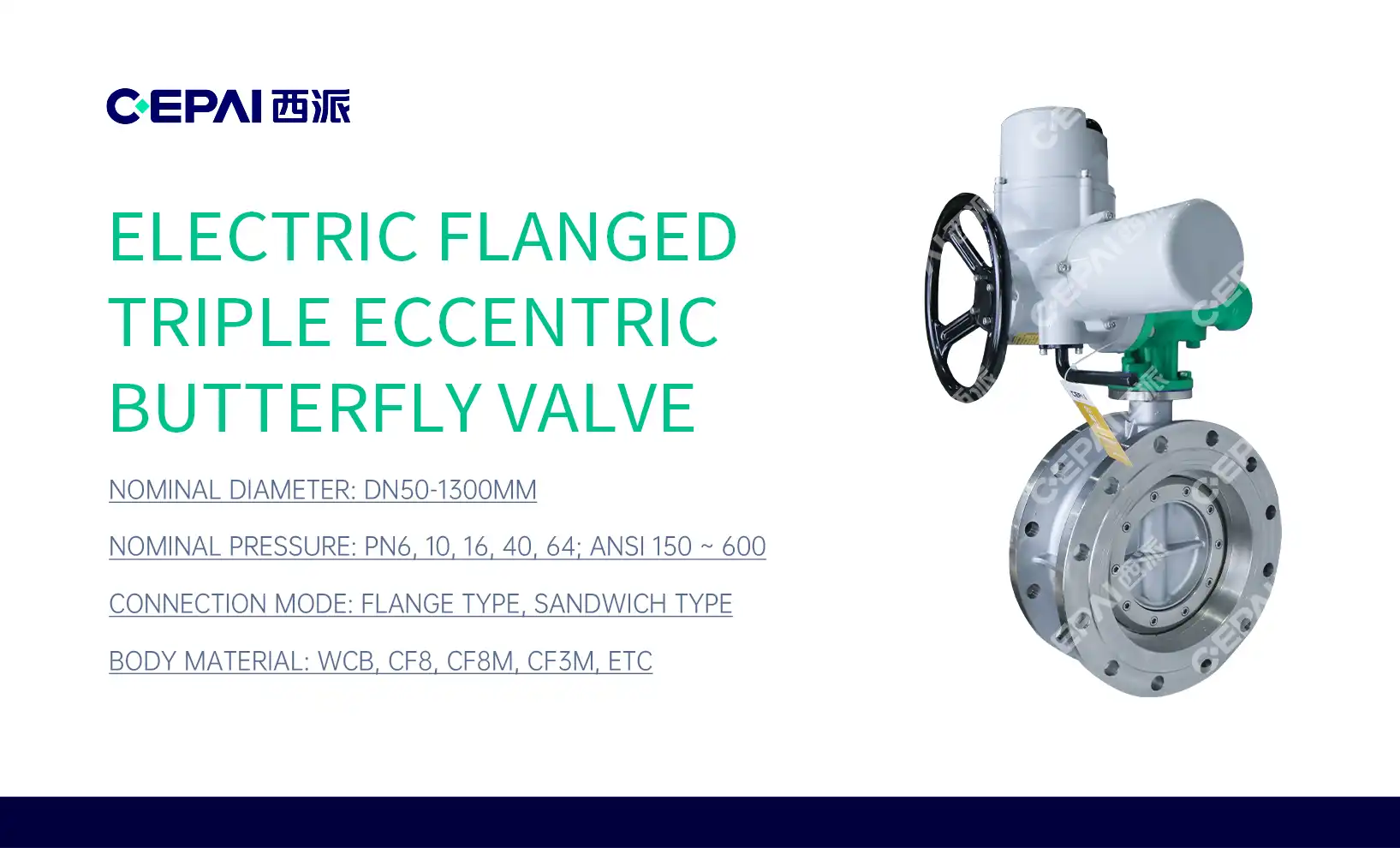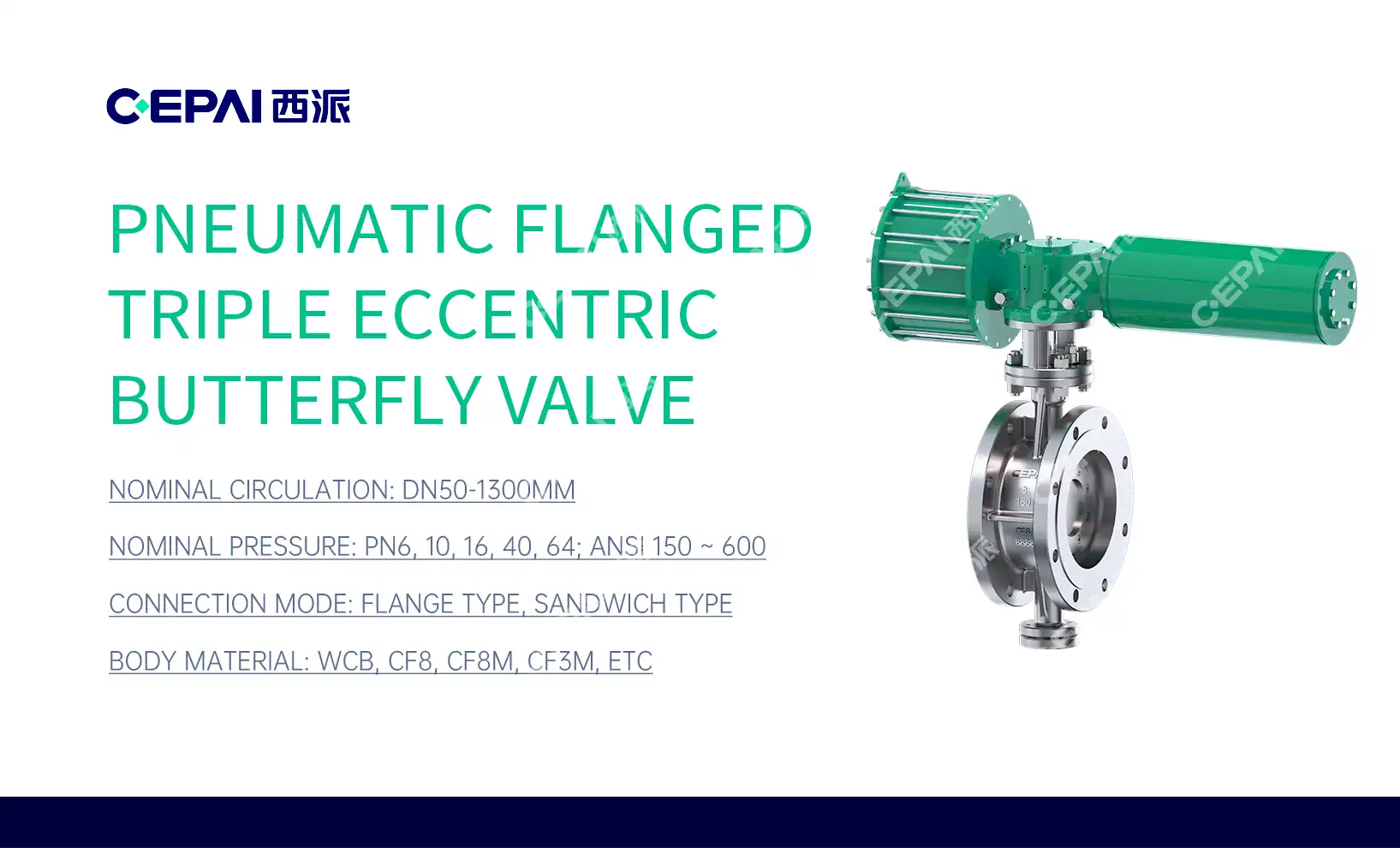Understanding High-Precision Electric Ball Valves
Definition and Components
High-precision electric ball valves are advanced flow control devices designed to provide accurate and reliable regulation of fluid flow in various industrial processes. These valves consist of several key components working in harmony to achieve precise control. The main body houses a spherical ball with a bore that rotates to control flow. An electric actuator, typically featuring a stepper or servo motor, enables precise positioning of the ball. A position sensor provides feedback on the valve's current state, while a control unit processes signals and manages valve operation. The valve stem connects the ball to the actuator, and high-quality seals ensure leak-free operation. Understanding these components is essential for selecting the right valve for your application.
Operating Principles
High-precision electric ball valves operate on the principle of rotational movement to control flow. As the actuator receives signals from the control system, it rotates the ball within the valve body. This rotation aligns or misaligns the ball's bore with the flow path, allowing for precise flow regulation. The position sensor continuously monitors the ball's orientation, providing real-time feedback to the control system. This closed-loop control ensures accurate positioning and rapid response to changes in flow requirements. The valve's design allows for both on-off control and modulating flow control, making it versatile for various applications. The precision of these valves comes from their ability to achieve small incremental movements, often less than 0.1 degrees, enabling fine-tuned flow adjustment.
Advantages in Flow Control Applications
High-precision electric ball valves offer numerous advantages in flow control applications. Their ability to provide accurate and repeatable flow regulation enhances process efficiency and product quality. The quick response time of these valves allows for rapid adjustments to changing process conditions, improving overall system stability. Their wide range of control, from fully closed to fully open, makes them suitable for various flow scenarios. The electric actuation eliminates the need for pneumatic systems, reducing maintenance requirements and improving energy efficiency. These valves can handle a diverse range of fluids, including corrosive and high-temperature materials, when constructed with appropriate materials. Their compact design and low torque requirements make them ideal for space-constrained installations. Additionally, the integration capabilities of high-precision electric ball valves with modern control systems enable advanced process automation and remote operation.
Key Factors in Selecting High-Precision Electric Ball Valves
Precision and Accuracy Requirements
When selecting a high-precision electric ball valve, understanding your specific precision and accuracy requirements is paramount. Consider the minimum flow rate you need to control and the level of precision required for your process. Evaluate the valve's positioning accuracy, which is typically measured in degrees or percentage of full scale. Look for valves with high resolution, capable of making small incremental adjustments. Assess the valve's repeatability, ensuring it can consistently achieve the same position under identical conditions. Consider the hysteresis characteristics, which affect the valve's ability to return to a previous position accurately. For applications requiring extremely fine control, look for valves with advanced control algorithms that can compensate for mechanical tolerances and environmental factors. Remember that higher precision often comes with increased cost, so balance your precision requirements with budget constraints.
Material Compatibility and Durability
The materials used in constructing high-precision electric ball valves play a crucial role in their performance and longevity. Consider the chemical compatibility of the valve body, ball, and seal materials with your process fluid. For corrosive applications, materials like stainless steel, Hastelloy, or titanium may be necessary. In high-temperature environments, select valves with appropriate thermal ratings and materials that maintain their properties under heat stress. Evaluate the wear resistance of the ball and seat materials, especially for applications involving abrasive fluids. For food and pharmaceutical applications, choose valves made from FDA-approved materials. Consider the valve's pressure rating and ensure it exceeds your maximum operating pressure with an adequate safety margin. Assess the expected lifespan of seals and other wear components, factoring in replacement costs and maintenance downtime. By carefully matching valve materials to your application requirements, you can ensure long-term reliability and minimize the risk of premature failure.

Control System Integration and Communication Protocols
Seamless integration with existing control systems is essential for optimal performance of high-precision electric ball valves. Evaluate the valve's control interface options, such as analog inputs (4-20mA, 0-10V), digital inputs, or fieldbus protocols. Consider the compatibility with your current Distributed Control System (DCS) or Programmable Logic Controller (PLC). For advanced applications, look for valves supporting industrial communication protocols like HART, Profibus, Modbus, or Foundation Fieldbus. Assess the valve's ability to provide diagnostic information and status feedback, which can enhance predictive maintenance strategies. Consider the ease of configuration and calibration, preferring valves with user-friendly interfaces or software tools. For remote installations, evaluate options for wireless communication or remote access capabilities. Ensure the valve's response time meets your system's requirements for real-time control. By selecting a valve with appropriate control and communication features, you can enhance overall system performance and streamline operations.
Installation and Maintenance Considerations
Proper Installation Techniques
Correct installation of high-precision electric ball valves is crucial for optimal performance and longevity. Begin by thoroughly cleaning the piping system to remove debris that could damage the valve or impair its operation. Ensure proper alignment of the valve with the piping to prevent stress on the valve body. Use appropriate gaskets and sealing materials compatible with your process fluid and operating conditions. Consider the valve's orientation, ensuring the actuator is accessible for maintenance and protected from environmental factors. Install the valve in a location that allows for easy removal and replacement if necessary. Properly support the valve to minimize vibration and mechanical stress. For outdoor installations, provide adequate protection against weather elements. Follow the manufacturer's torque specifications when tightening bolts to prevent distortion of the valve body. After installation, perform a thorough leak test to ensure proper sealing. By adhering to these installation best practices, you can maximize the valve's performance and reliability.
Calibration and Tuning Procedures
Accurate calibration and tuning of high-precision electric ball valves are essential for maintaining optimal performance. Begin the calibration process by verifying the valve's zero and span positions, ensuring they correspond to the desired flow range. Utilize the valve's built-in calibration features or external calibration tools as recommended by the manufacturer. Adjust the valve's control parameters, such as proportional-integral-derivative (PID) settings, to achieve the desired response characteristics. Perform step response tests to verify the valve's dynamic performance and adjust settings as necessary. For valves with advanced control features, optimize adaptive control algorithms to improve performance under varying conditions. Regularly verify the accuracy of the valve's position feedback system and recalibrate if necessary. Document all calibration procedures and results for future reference and quality assurance. Implement a regular calibration schedule based on the valve's criticality and operating conditions. By maintaining proper calibration and tuning, you can ensure consistent and accurate flow control throughout the valve's lifecycle.

Preventive Maintenance Strategies
Implementing effective preventive maintenance strategies is crucial for ensuring the long-term reliability of high-precision electric ball valves. Develop a comprehensive maintenance schedule based on the valve's operating conditions, criticality, and manufacturer recommendations. Regularly inspect the valve for signs of wear, corrosion, or damage, paying particular attention to seals, bearings, and actuator components. Implement a lubrication program for moving parts, using lubricants compatible with your process and environment. Periodically test the valve's full stroke to prevent sticking and ensure smooth operation. Monitor the valve's electrical components, including motors and sensors, for signs of deterioration or malfunction. Implement condition monitoring techniques, such as vibration analysis or thermal imaging, to detect potential issues before they lead to failure. Regularly clean and inspect the valve's internal components, especially in applications involving particulate matter or scaling fluids. Keep detailed maintenance records to track performance trends and identify recurring issues. By following these preventive maintenance strategies, you can maximize the lifespan of your high-precision electric ball valves and minimize unplanned downtime.
Conclusion
Selecting the right high-precision electric ball valve for flow control is a critical decision that impacts the efficiency and reliability of your industrial processes. By carefully considering factors such as precision requirements, material compatibility, control system integration, and maintenance needs, you can choose a valve that meets your specific application demands. Remember to prioritize quality and long-term performance over initial cost savings. Proper installation, regular calibration, and proactive maintenance are key to maximizing the valve's lifespan and ensuring consistent, accurate flow control. As technology continues to advance, stay informed about the latest developments in valve design and control systems to optimize your flow control solutions continually.
FAQs
1. What is the typical lifespan of a high-precision electric ball valve?
The lifespan varies depending on operating conditions and maintenance, but well-maintained valves can last 10-15 years or more.
2. How often should I calibrate my high-precision electric ball valve?
Calibration frequency depends on the application, but generally, annual calibration is recommended, with more frequent checks for critical processes.
3. Can high-precision electric ball valves handle cryogenic temperatures?
Some specialized models are designed for cryogenic service, but standard valves are not suitable for extremely low temperatures.
4. What's the difference between a standard and a high-precision electric ball valve?
High-precision valves offer greater accuracy, finer control, and often have advanced features like position feedback and smart diagnostics.
Choose CEPAI for Your High-Precision Electric Ball Valve Needs | CEPAI
CEPAI Group stands out as a premier manufacturer of high-precision electric ball valves, offering cutting-edge solutions for demanding flow control applications. Our valves are engineered to meet the highest standards of accuracy and reliability, backed by rigorous quality control and ISO certifications. With a focus on innovation and customer satisfaction, CEPAI provides tailored valve solutions to meet your specific needs. Experience the difference of CEPAI's expertise in valve technology. Contact us at cepai@cepai.com to discover how our high-precision electric ball valves can enhance your flow control processes.

References
Johnson, R. (2022). Advanced Flow Control Technologies in Industrial Processes. Journal of Process Engineering, 45(3), 178-195.
Smith, A. & Brown, T. (2021). Precision Valve Selection for Chemical Processing Applications. Chemical Engineering Handbook, 7th Edition.
Lee, S. (2023). Integrating Smart Valves in Industry 4.0 Environments. Automation and Control Systems, 18(2), 87-102.
Williams, P. et al. (2022). Material Considerations for High-Performance Valve Design. Materials Science and Engineering, 56(4), 412-428.
Garcia, M. (2021). Maintenance Strategies for Extending Valve Lifespan in Harsh Environments. Industrial Maintenance & Plant Operation, 33(1), 45-59.
Thompson, K. (2023). Advancements in Electric Actuator Technology for Precision Flow Control. Control Engineering Practice, 41(5), 201-215.

_1746598538016.webp)



